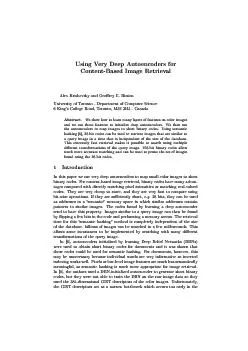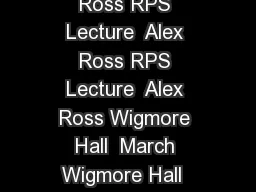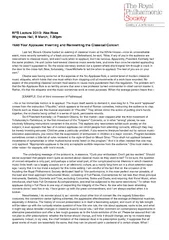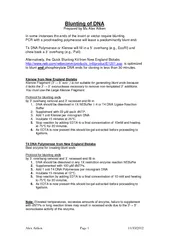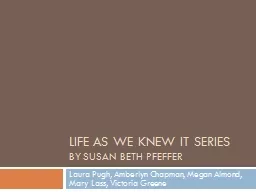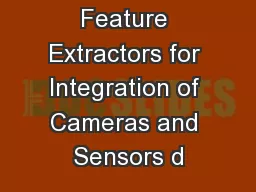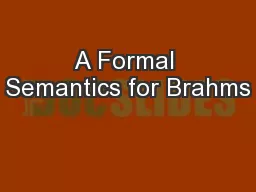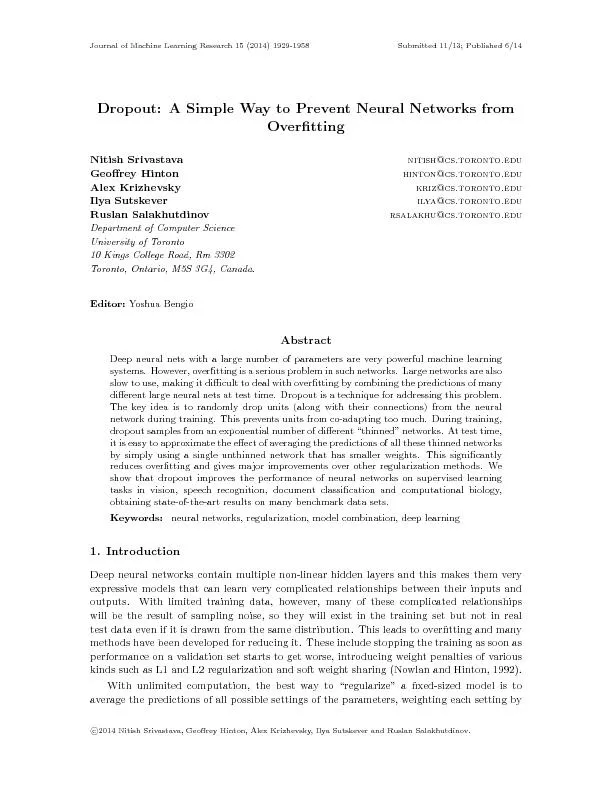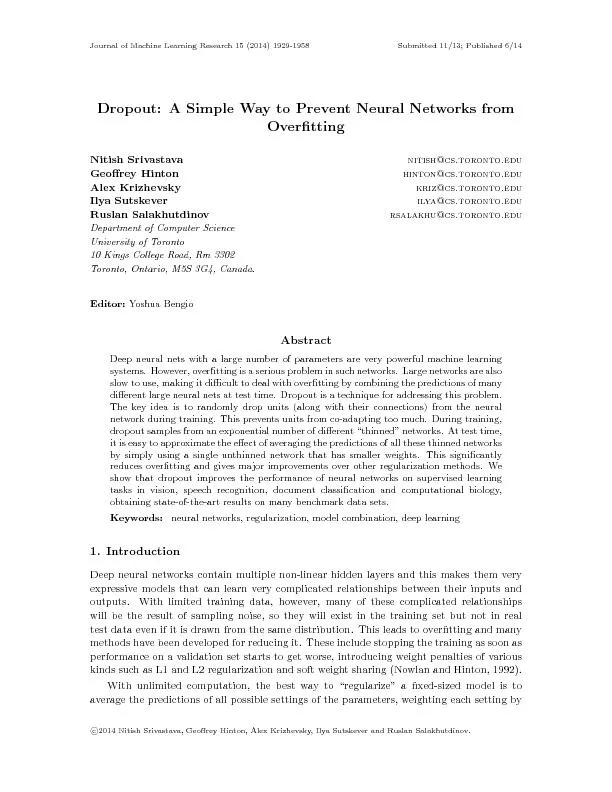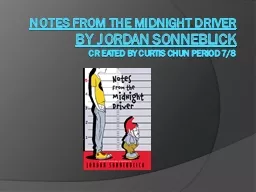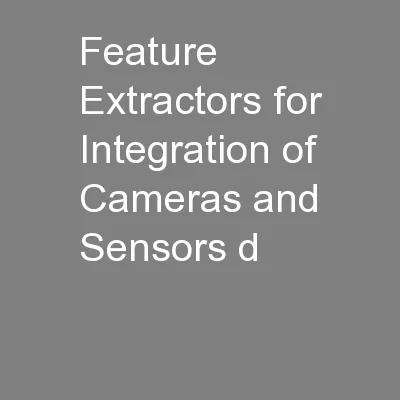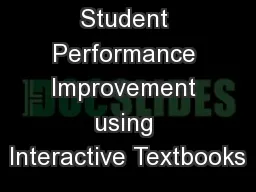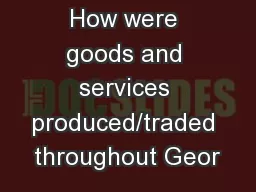PDF-UsingVeryDeepAutoencodersfor ContentBasedImageRetrieval Alex Krizhevsky and Geor
Author : tatyana-admore | Published Date : 2014-10-06
Hinton University of Toronto Department of Computer Science 6 Kings College Road Toronto M5S 3H5 Canada Abstract We show how to learn many layers of features on
Presentation Embed Code
Download Presentation
Download Presentation The PPT/PDF document "UsingVeryDeepAutoencodersfor ContentBase..." is the property of its rightful owner. Permission is granted to download and print the materials on this website for personal, non-commercial use only, and to display it on your personal computer provided you do not modify the materials and that you retain all copyright notices contained in the materials. By downloading content from our website, you accept the terms of this agreement.
UsingVeryDeepAutoencodersfor ContentBasedImageRetrieval Alex Krizhevsky and Geor: Transcript
Download Rules Of Document
"UsingVeryDeepAutoencodersfor ContentBasedImageRetrieval Alex Krizhevsky and Geor"The content belongs to its owner. You may download and print it for personal use, without modification, and keep all copyright notices. By downloading, you agree to these terms.
Related Documents

